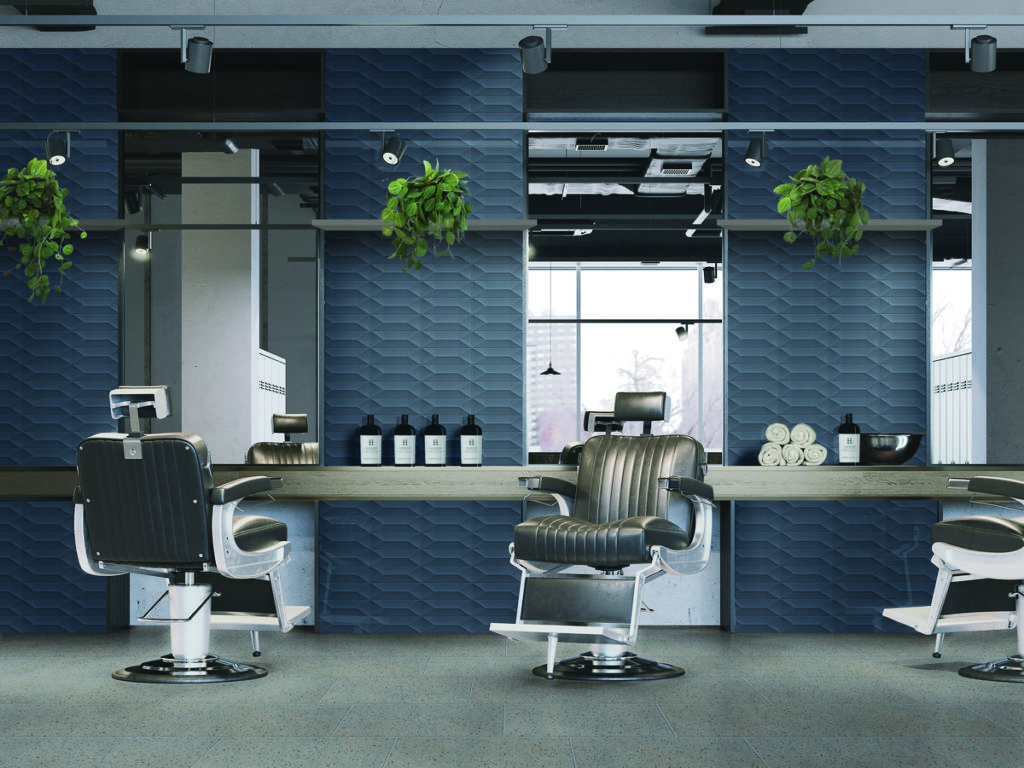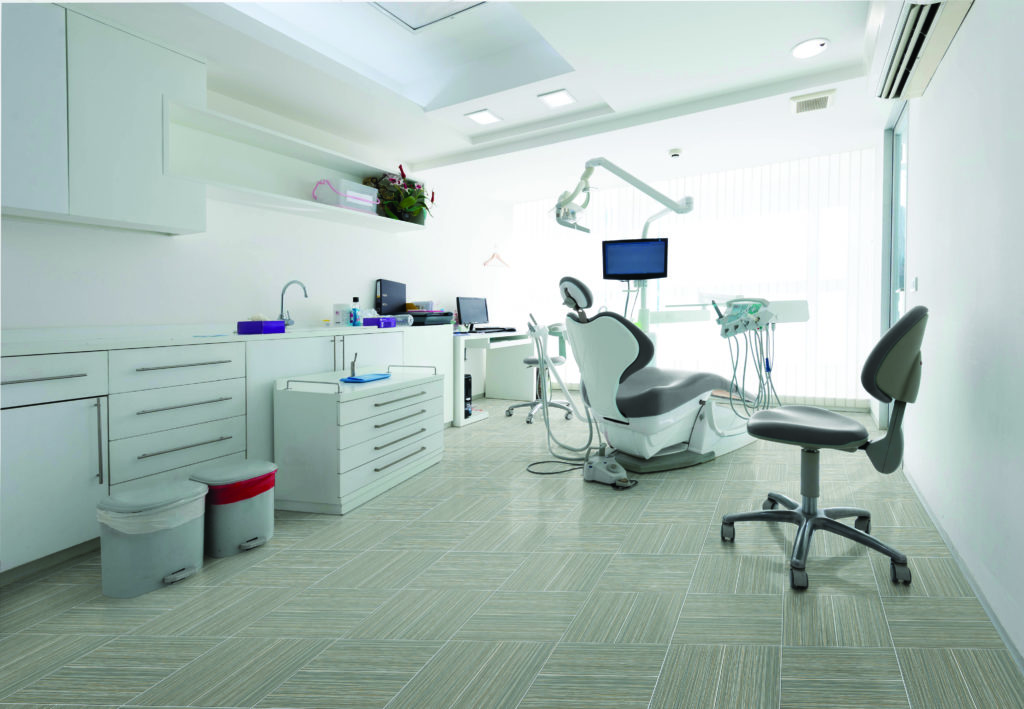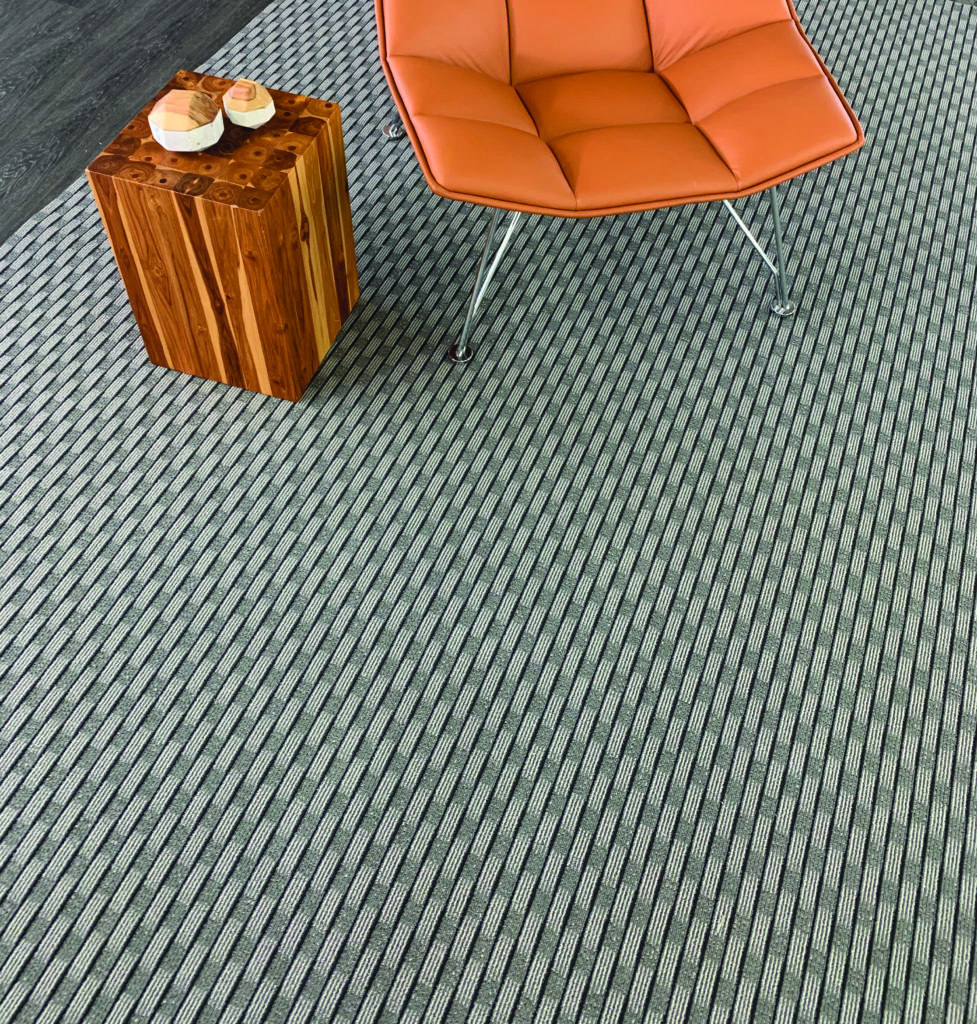By Ken Ryan and Reginald Tucker

While many residential shoppers hunkered down over the past few months, some local businesses took the opportunity to spruce up. That’s according to anecdotal information provided by industry executives FCNews contacted for its annual Main Street market report.
In certain pockets across the country, small businesses such as boutiques, doctors’ offices, barber shops and hair salons utilized the downtime to renovate their spaces under governors’ orders that limited commerce to “essential” businesses.
“This was a perfect time for our customers to get engaged in their communities and help small businesses refresh their space and get ready for their customers when their doors open,” said Amy Tucker, senior marketing manager for Philadelphia Commercial, a division of Shaw Industries. “We just had a dealer in Minnesota who worked with a local bowling alley to install one of our click LVT products and get the space in tip-top shape for its customers.”
Other industry executives report similar experiences and observations. “People are investing in their small businesses where they can, and cosmetics were an easy fix during the shutdowns,” said Eric Ruppert, product manager for Pentz, an Engineered Floors brand. “During the downtime, some businesses and organizations that could not afford to shut down during regular times had a unique opportunity to complete projects.”
In fact, for some dealers the shutdown accelerated timetables for projects that were already in the pipeline. Such was the case with Eugene, Ore.-based New Dimension Hardwood Floors. The company leveraged the lockdown in the region as an opportunity to get a head start on renovations for sections of a local school, according to Kurt Volstead, owner.
Commercial projects were also the saving grace for dealers like Tulsa, Okla.-based Grigsby’s Carpet, Tile & Hardwood during the shutdown. “All of our commercial guys remained busy,” said Penny Carnino, director of operations. “There were some retail jobs that customers wanted to have installed, and we did that as long as they were OK with it.”
What’s happening on Main Street

When it comes to spotting trends in products utilized in small commercial spaces, so much depends on the specific design needs of the owner or the functional requirements of the space. However, observers cite a few overarching trends that cut across different projects and segments.
“In the last few years, our industry’s flooring offering expanded greatly, and so did those products that were suitable for Main Street commercial applications,” said Brian Warren, executive vice president, Foss Floors. “A flooring retailer now has a variety of floor offerings that cross over from the residential segment and work quite well for some commercial applications.”
More importantly, the pandemic has made business owners more keenly aware of their environments, their proximity to one another and the significant steps necessary to remain safe in the age of COVID-19. These considerations, suppliers say, factor into the flooring material selection process.
The key, experts note, lies in providing a wide assortment. “We offer hundreds of products that are modular, and some are incredibly DIY-friendly,” Philadelphia Commercial’s Tucker said. “We are seeing an opportunity for our customers to present these products to their customers as DIY when they need to be. For example, think about a small retail space that needs a quick refresh. That can be done easily with carpet tile and LokWorx, for example, or with a click LVT.”
In addition, Shaw Floors introduced its 5th and Main product line—a 100% modular offering covering both carpet tile and resilient. “We wanted to give our customers even more quick, easy, simple solutions and products, but also do this with square foot delivered pricing,” Tucker explained.
At Mannington, LVT continues to be the fastest growing product in this segment. How- ever, the company said it continues to see steady and consistent growth in the areas of commercial sheet and rubber. “We have planned a late 2020 second-half launch in Main Street, which will include both a refresh as well as the addition of new and relevant products for the segment,” said David Sheehan, vice president of strategic development.
The greatest opportunity in Main Street applications, experts say, rests in offering products that contractors can turn quickly, so as to not further shut down a business. For instance, Foss Floor’s Warren cited the company’s premium self-stick tiles, which are designed to go down over an existing floor, including carpet, thereby eliminating long floor prep times and further interruptions to the business. “We have expanded our offering to include planks as well as squares,” he said. “We have also introduced Grizzly Tiles—heavy-duty products that are great for vestibules, walk-off areas and other tough applications that require a lot of grease, soil or moisture removal. All our products feature Foss Floors self-stick adhesive and are suitable for any application indoors or out and are all constructed of PET from post-consumer drinking bottles.”
As suppliers look across product categories, there’s clearly a trend toward carpet tile and hard surface LVT. How they use those products, however, may differ from project to project. “What clients are looking for is a higher design aesthetic, and that can be an organic overlay,” said Robb Myer, vice president of business development at Aladdin Commercial, a division of Mohawk. “You’ll see a lot of geometric patterns overlaid on top of more of an organic pattern in a 12 x 36 or 24 x 24 platform in the carpet tile category. You’re still going to see the grays and the blues, because users still want those accents of pops and color. Within Aladdin Commercial our color lines all play together. It ties in with the DIY (as in ‘design it yourself’) trend, especially for the customer who doesn’t have an architectural firm or a designer they’re working with.”
Pentz Main Street Commercial said it is seeing growth on all fronts, but particularly in its commercial tile business. The company debuted more than 20 products at Surfaces 2020 in Las Vegas and is continuing that launch process into the summer season. The company has also been working hard with its R&D teams during the pandemic to create new collections for late 2020 and 2021. “We will continue to in- vest in tile, broadloom and hard surfaces in the Main Street segment,” Ruppert noted.
Positive outlook heading down the stretch

The resiliency of the Main Street market has brightened many suppliers’ outlook on the light commercial market for the medium to long term. “Where individual states have opened construction, we have seen a greater opportunity for local renovations in small businesses,” said Brent Flaharty, senior vice president and chief customer experience officer, Armstrong
Flooring. “We anticipate this to increase over the next 30-60 days with curbside service allowing for in-store remodeling.”
Mohawk’s Myer said he also likes the sector’s prospects for the second half. “We’re seeing an uptick in order entry, and eventually that will turn to sales,” he told FCNews. “I truly believe by the end of Q3 and the beginning of Q4 and into 2021 we’ll see tremendous growth within Main Street commercial.”
Suppliers say the key lies in flexibility and diversification. “Dealers are now seeing that if they have all their eggs in one basket, i.e., the residential customer, that’s not where they want to play,” Myer added. “They know they need to have a good mix.”
Mannington’s Sheehan agreed. “Many savvy dealers are beginning to recognize Main Street can be a profitable way to drive incremental growth,” he explained. “With the right product line and program, dealers can easily add 20% to 30% to their business. Having a healthy Main Street business can help when [residential] consumer activity slows.”
